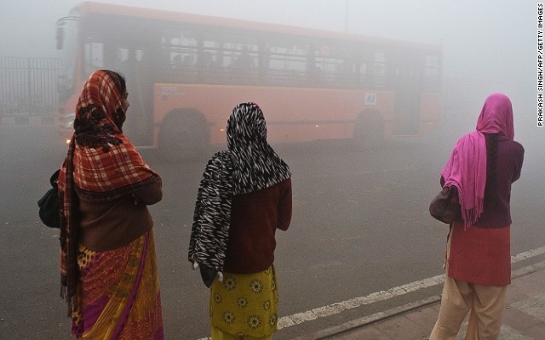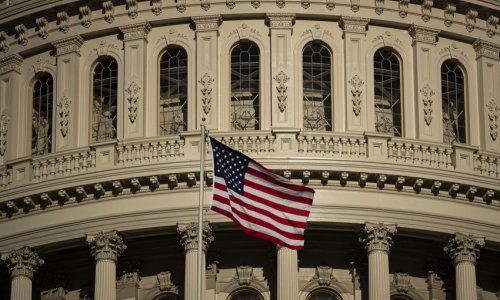It may seem an academic argument when you're wiping sulphate-saturated tears from your eyes or coughing up a lung while sightseeing at the Forbidden City or the Red Fort, but a new study says New Delhi has outstripped Beijing and gained the inglorious title of the world's most polluted major city.
At its worst, air pollution in New Delhi this winter was 60 times higher than the level considered safe, the research from India's Center for Science and Environment (CSE) reveals.
The most harmful airborne pollutants, categorized innocuously enough as PM2.5, averaged 575 micrograms per cubic meter in the Indian capital from November to January.
That compared with a -- still dangerous -- concentration of 400 micrograms at peak levels in Beijing over the same period.
PM2.5 refers to the diameter in microns of nasties such as ammonia, carbon, nitrates and sulfate -- particulates small enough to pass into the bloodstream and cause diseases such as emphysema and cancer.
A city such as London has an average PM2.5 level of 20 micrograms, which is considered safe.
Beijing looks as though it could permanently lose lose its mantle as the world's smoggiest big city if it keeps up the good work the CSE report describes.
MORE: London beats Paris as top tourist city. Really?
The Chinese capital has made "consistent and aggressive efforts" to improve air quality, the CSE says, including limiting annual car sales, banning odd or even number-plated vehicles during "red alert" pollution periods and fining local governments for failing to curb smog.
New Delhi, by contrast, is marked by "weak ... stringency ... and enforcement" of pollution controls.
(CNN)
ANN.











